Air Force Unit Replaces Legacy IT with Kessel Run’s New Software
Air Force software factory Kessel Run replaced the 609th Air Operations Center’s legacy IT battle management system with its new suite of software applications, called KRADOS.

Kessel Run, a software factory supporting the U.S. Air Force (USAF), shifted the 609th Air Operations Center’s (AOC) reliance off its legacy Theater Battle Management Core System (TBMCS) entirely for its day-to-day operations and replaced it with its own suite of software applications, called KRADOS, after reaching its first minimum viable capability release (MVCR1) milestone in 2022.
The 609th AOC, a military base located in Qatar, became the first center ever to plan, monitor, and execute the air tasking and airspace control orders (ATO/ACO) without TBMCS and the Master Air Attack Planning Toolkit (MAAP-TK), using only the Kessel Run All-Domain Operations Suite (KRADOS).
“It’s really a point of departure for us that we will continue to build upon and improve and add functionality so that we can provide more capability not only for the 609th but as time goes on, we can deliver an enterprise capability for the entire Air Force,” Col. Richard Lopez, Kessel Run senior materiel leader, told GovCIO Media & Research in an interview.
The TBMCS was fielded in 2000 and became challenging to work with due to its antiquated and opaque user experience design. As a result, there is a high training cost associated with understanding how the system works, and more importantly, there is no means of continuous improvement.
KRADOS implementation comes amidst the Defense Department’s (DOD) push to achieve faster delivery of software capabilities based on the DevSecOps philosophy of software development and improve Joint Force command and control (C2) capabilities through the Joint All-Domain Command and Control (JADC2) framework, which aims to “produce the warfighting capability to sense, make sense, and act at all levels and phases of war, across all domains, and with partners, to deliver information advantage at the speed of relevance.”
Kessel Run’s KRADOS is an example of how the Air Force and DOD at large are moving towards delivering smaller increments of capabilities over time and continuously improving the capabilities or products based on warfighter needs.
“Kessel Run, we really are an agile software delivery organization where we iteratively and continuously deliver functionality and improve capability on top of the applications that we’ve delivered,” Lopez said. “We’ve delivered MVCR1 and … we will continue to improve those capabilities over time as opposed to historically, the software development and software acquisitions within the DOD … where we would spend five, six, multiple years developing a capability end-to-end and then delivering it only to find out that it doesn’t meet your users needs.”
Applications within KRADOS such as the Jigsaw Tanker Planning Tool, which “save[s] time, fuel, and lives,” and MaiTai, which allows commanders to see available assets through secure communication, are connected by data streams and supported by hybrid cloud.
As a suite of applications, KRADOS accomplishes multiple functions within the Air Operations Center, allowing the airmen to complete certain steps in the planning of the airspace coordination order and airspace tasking order within two or three hours, in comparison to eight hours under the TBMCS.
“That’s just really a product or result of the entire suite of applications and not necessarily the result of one aspect or one of the components of KRADOS, but really taking it as a whole,” Lopez said.
Providing the exact product the customer wanted and feature prioritization were some of the challenges Kessel Run faced while getting KRADOS off the ground, he added.
“When you release a feature, it might not be exactly what the customer wanted. So you go back, and you adjust it, and you make it so that that’s exactly what your customer is looking for,” Lopez said. “But working directly with your customer and making sure that we’re constantly providing information to them so that they’re aware of what’s going on, I think has been one of the key tenants that have helped us be successful.”
This is a carousel with manually rotating slides. Use Next and Previous buttons to navigate or jump to a slide with the slide dots
-

Platform One Tackles Next Phase in Software Delivery
The software delivery engine sets its sights on DevSecOps infrastructure and preparing for a post-quantum future as it matures.
7m read -

DOD Acting CIO: JWCC is First Step in Multi-Cloud Environment
Leslie Beavers discussed next steps with JWCC, zero trust, workforce and software development amid an evolving Mission Partner Environment.
3m read -

How Marines' Project Dynamis is Supporting CJADC2 Data Effort
Col. Jason Quinter delves into the origins of Project Dynamis and how the program builds upon the Pentagon's larger strategy.
5m read -
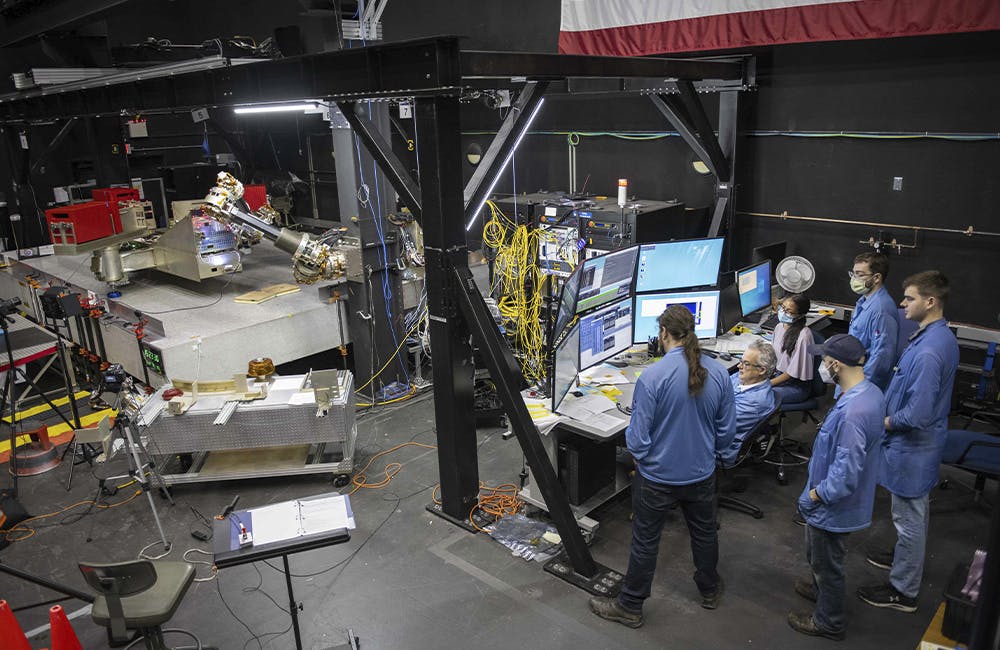
Report: Innovation, Emerging Tech Will Define Global Power Structure
A new report suggests a path to unleash innovation and partnerships to harness technology as a global superpower.
3m read -

Acquisition Innovation is Boosting Sea Service Capabilities
Leading officials from Coast Guard, Marines and Navy cited innovation in contracting as a major reason for better delivery of technology.
3m read -
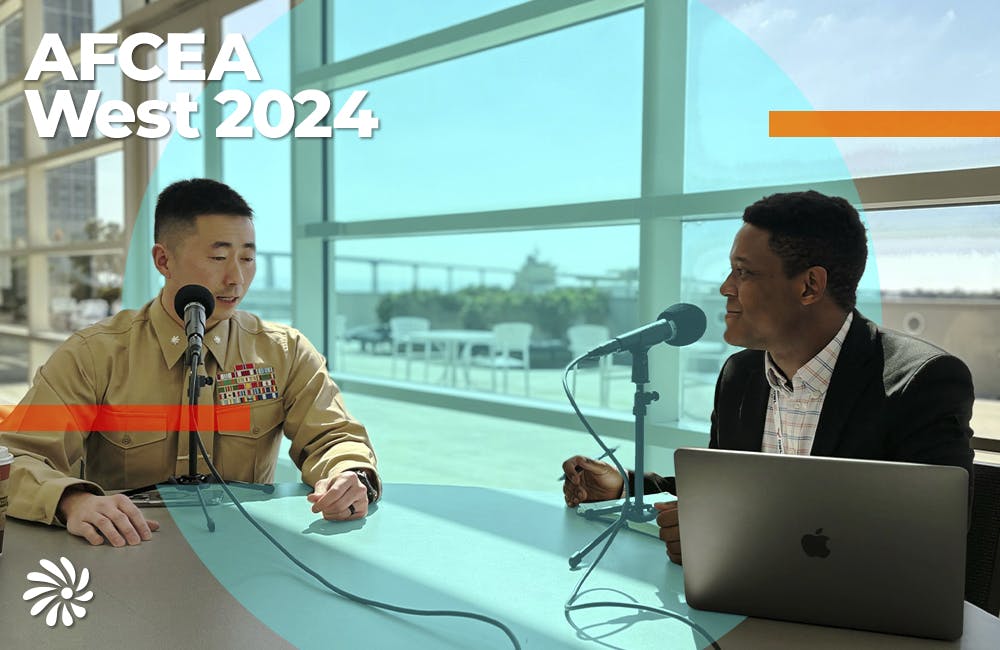
Marine Corps Software Factory Says People Are its Strongest Asset
Lt. Col. Charlie Bahk, Software Factory Director, Marine Corps
15m listen -
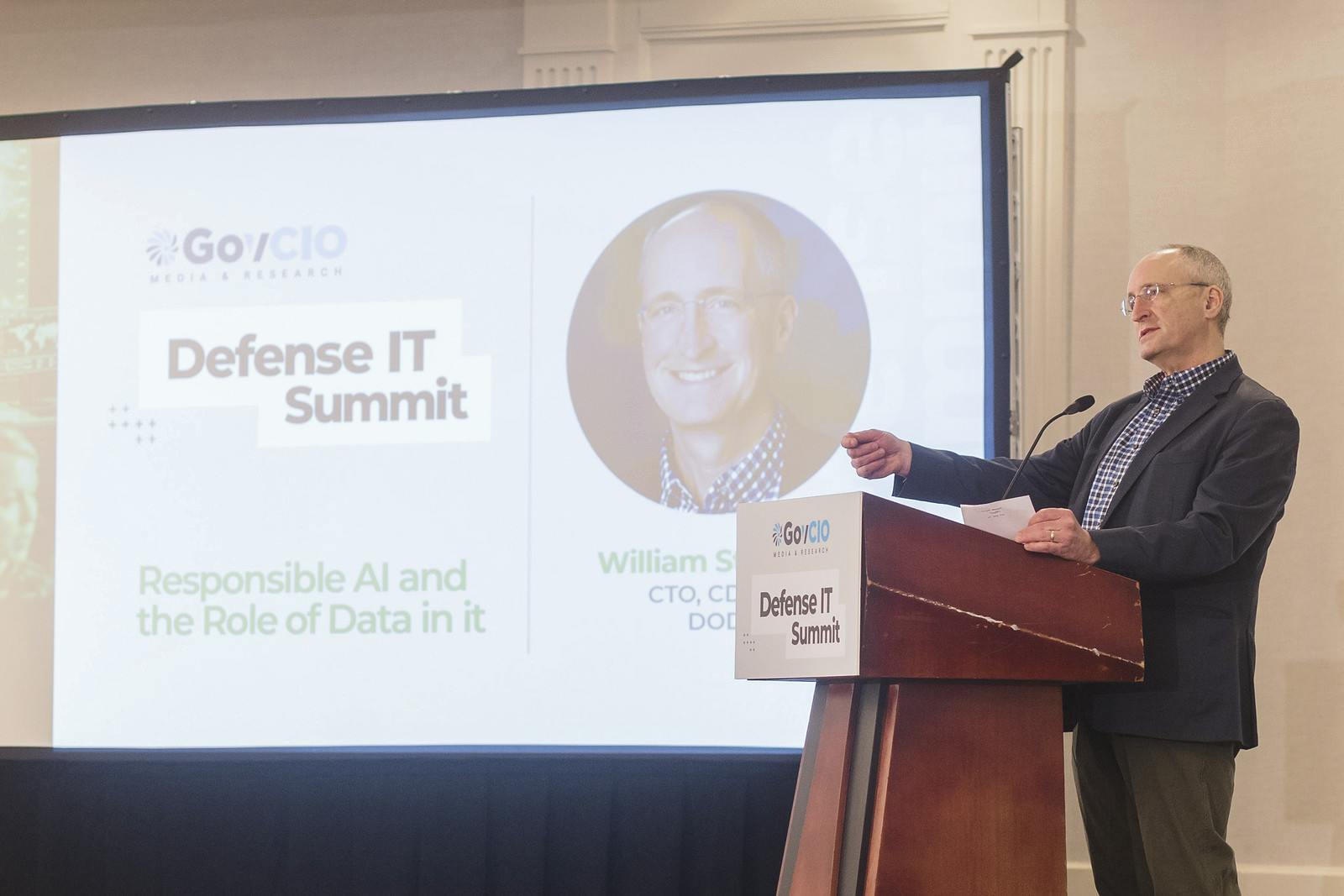
DOD Tech Leaders Highlight What's Next in the AI Wave
Defense leaders share how they are strategizing artificial intelligence for national security applications.
4m read -

DOD Software Factories Are Creating Innovation Culture
Defense leaders say the agility of software factories encourage innovation and reduce inefficiencies in critical defense programs.
3m read -
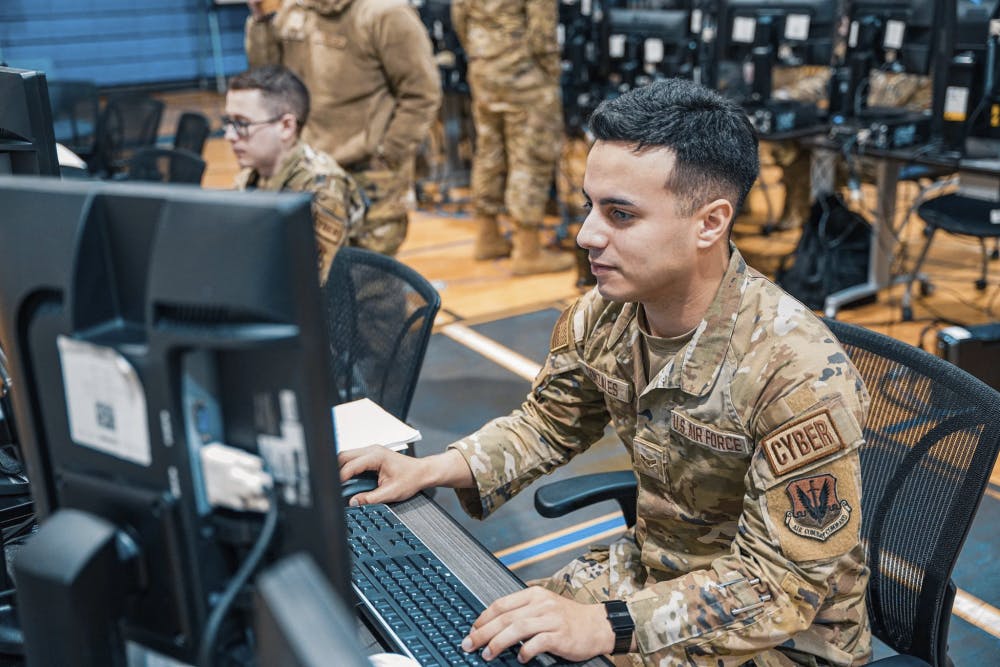
Air Force's Software Factory is Moving Iron Bank to Classified Levels
Platform One will move part of its DevSecOps product to secret level this year and to top secret level in 2024.
7m read -

Software Factories Driving Modernization at DOD
Software factories teach soldiers, seamen, airmen and Marines to code and tweak applications in a rapidly shifting, digitized battle space.
15m read -
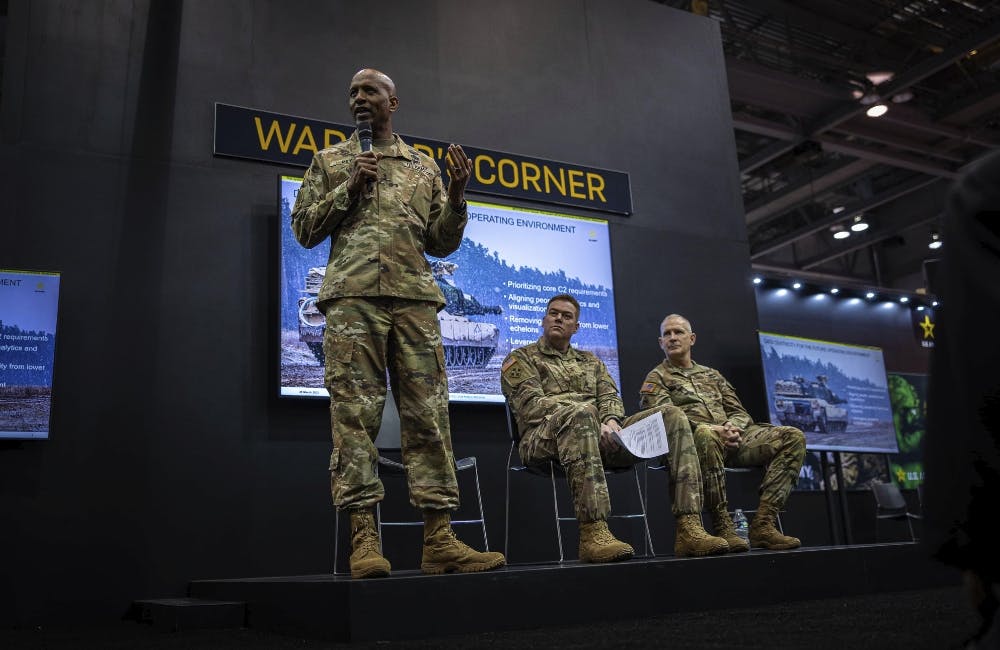
Army Shakes Up Project Management Offices to Deliver a Unified Network
U.S. Army is in the midst of a significant restructuring of its program executive offices as it's working on building a secure unified network.
7m read -
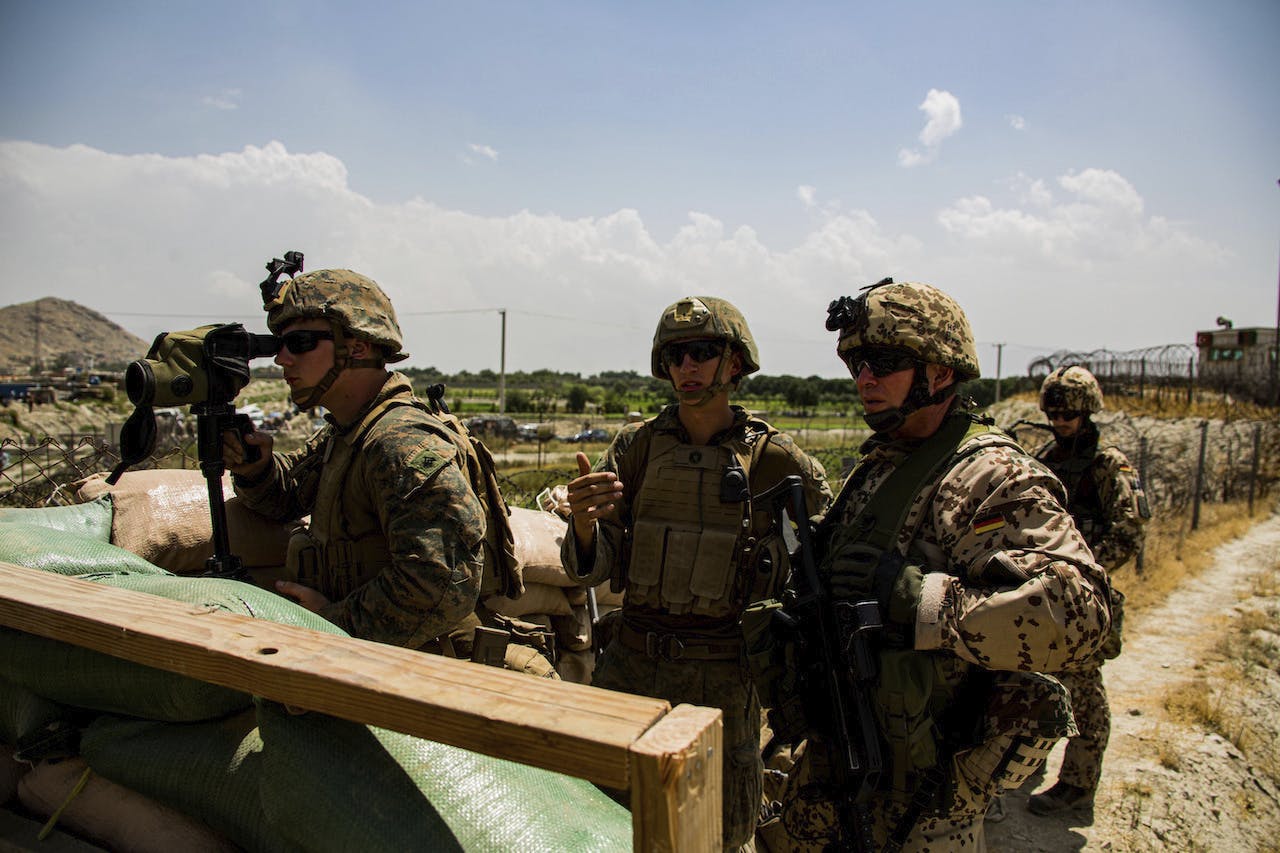
Military Software Factories Earn Leadership Approval, Test Cultural Norms
Teaching military service members to code could be key to winning future conflicts as software continues to influence the course of the Russia-Ukraine war.
7m read
















